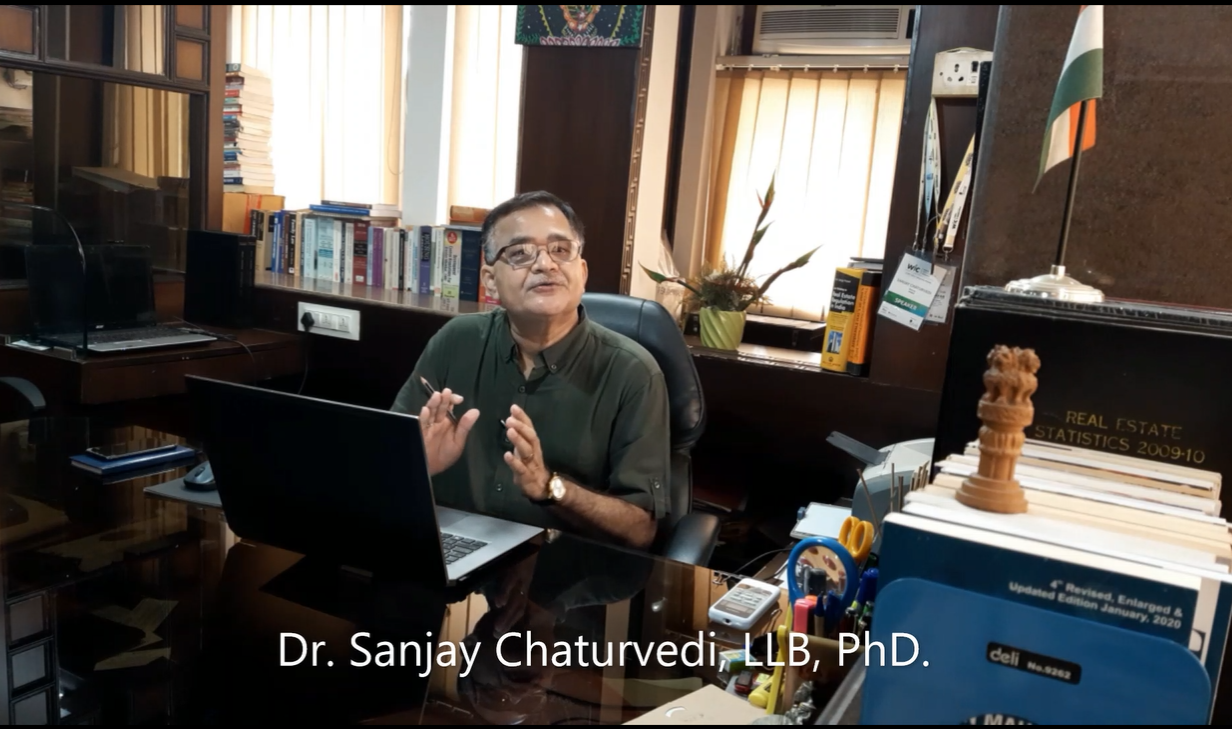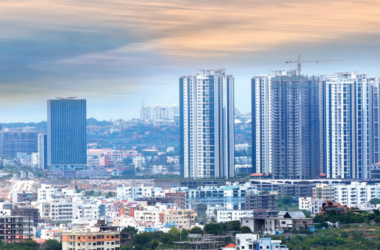 By Dr. Sanjay Chaturvedi, LLB, PhD
By Dr. Sanjay Chaturvedi, LLB, PhD
The name of one of the three villages that predated the arrival of the British. In the late 11th century the three villages which predated Calcutta were ruled by the Nawab of Bengal. The Nawab granted the East India Company a trading license in 1960. Under the British Raj, Calcutta served as the capital of British held territories in India until 1911. Calcutta was the centre for the Indian independence Movement. Bengali film industry is based in the city, which also hosts cultural institutions of national importance namely Academy of Fine arts, the Victoria Memorial, The Asiatic society, The Indian museum and the National library of India and other institutions of national importance. The Kolkata Metropolitan area is spread over 1886.67 km and consists of 3 municipal corporation including Kolkata Municipal Corporation, 39 local municipalities and 24 Panchayat sanities. The North south distance is greater and its axis is used to section the city into North, Central and South Kolkata. North Kolkata is the oldest part of the city characterized by 19th Century architecture, dilapidated buildings, over populated slums, crowded bazaars and narrow alleyway.
Central Kolkata hosts the central Business districts. The West Bengal Secretariats General Post office, Reserve Bank of India, High Court, Lalbazar Police Headquarters and several other government and private offices are located here. In the heart of a city a large open space called the Maidan in the lungs of the city. The Victoria Memorial and Kolkata Race course are situated at the southern end of Maidan. East Kolkata is newly developed area. South developed after 1947. Once India’s leading city, Kolkata faced economic decline due to steep population increases and the rise of militant trade unionism and frequent strikes. The lack of capital and resources added to the depressed state of the city’s economy and the city was called the “Dying City”. The water supply of the city is being run by the Kolkata Municipal Corporation and water is sourced from the Hooghly River. Roughly around 4000 tones refuse produced daily by the city is transported to the dumping grounds in Dhapa. Part of the city lack proper sewerage, leading top unsanitary methods of waste disposed. Public transport is provided by the Kolkata Suburban Railways, The Kolkata Metro, trains and buses. The Kolkata Metro is in operation since 1984, is the oldest mass transit system in India. Notable Scholars who were born, worked in Kolkata include Physicists Satyendra Nath Bose, Meghnad Saha and Jagdish Chandra Bose, Chemist Prafulla Chandra Roy, and Nobel laureates Ravindranath Tagore, C.V. Raman and Amartyasen, With the huge work force, the city has great potential to develop in a glittering city of India.





